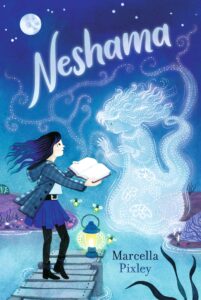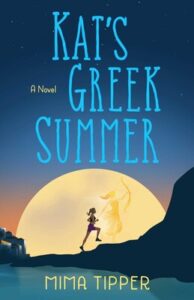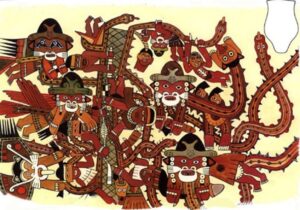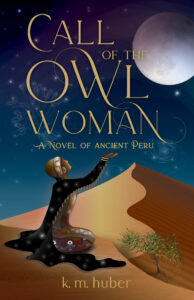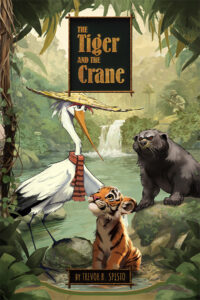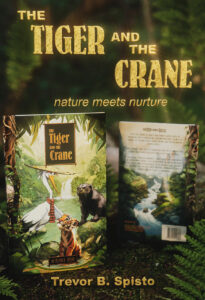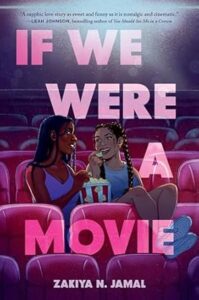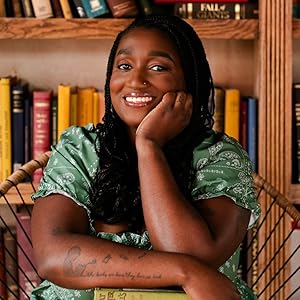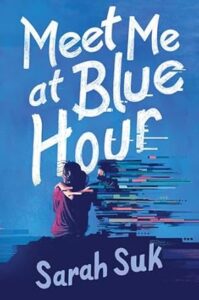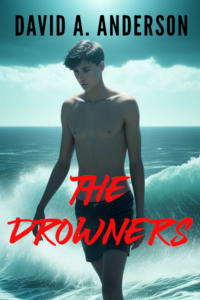“Inspiring Students to Write about their own Complex Identities”
In my eighth-grade classroom, I have stopped referring to the idea of “identity” in the singular and whenever possible, I have begun to speak of our “identities” in the plural to help students think about themselves as being made up of many different interconnected facets, like the tiny, sparkling edges of a diamond that gleam when you turn them to the light. In our novels in verse project, I use Neshama, my forthcoming novel in verse, as a mentor text to help students explore their own complex identities and create their own powerful poetry about what it means to be human.
I begin by giving students a list of identity markers and asking them to reflect upon which aspects of these identities are most important to them and to the people they love. We take notes in the margins and write in our journals and talk in pairs, and share around the circle and finally, when we are ready, we create a fictional character based on the identity markers that feel the most important to explore. The character they create for their own novels in verse becomes a safe way to explore some aspect of themselves that feels important.
Ability
Accent
Appearance
Beliefs
Body Image
Confidence
Creativity
Culture
Family
Friendship
Food Security
Gender
Health
Hopes
Immigration
Insecurities
Interests
Language
Memories
Mental Health
Nationality
Neighborhood
Neurodiversity
Parents
Passion
Personality
Phobias
Politics
Popularity
Race
Religion
Sexuality
Social Class
Social Style
Strength
Struggles
Trauma
Vocabulary
The next step is for students to interview their characters, allowing the writer to talk to themselves before writing. In this exercise, they learn more about who their characters are and what they need most. I use a series of questions based on Uta Hagen’s method-acting technique. These questions are designed to help actors create three-dimensional human beings on the stage, and they are perfect for writers because they allow us to begin our stories with a deep, complex, and realistic character that already reflects some aspect of the writer’s own identity. At the end of their interview, the writer is ready to bring their character to the page.
What aspects of your character’s identity are most important?
Which aspects do they struggle with?
In what ways do your different identities intersect?
What do they need to learn about themselves in order to be happy and whole?
What does your character want and what will they do to achieve their dreams?
What is getting in your character’s way?
What stops them from getting what they want?
What are your character’s weaknesses or flaws?
In what ways are they fearful or inhibited?
How do these aspects of your character’s personality get in their way?
What are your character’s strengths?
In what ways are they brave and resilient?
How will these aspects of your character’s psychology develop through the story
After the interview, the student is ready to create the first poem in their own project. In this first scene, their character will struggle with some aspect of their identity that sets them apart. I show them a poem from Neshama as an exemplar that demonstrates a scene where Anna’s identity is called into question. I tell the students that this scene does not have to take place in the very beginning of their novel. It just has to be a moment when the character is struggling with their identity and this struggle provides a catalyst for the story to deepen. Now we have a character who has a problem and the story must bring the character deeper into the conflict before they are able to heal.
Once you have created your character, and you have chosen an aspect of human identity for them to grappling with, it is time to begin writing. Please write a short scene where your character realizes that they are different from other kids in some way. Pick any one prompt from the menu below or combine prompts as an inspiration for this first scene.
- Your character is being teased because of some aspect of their identity that makes them special.
- Your character looks in the mirror and all they can see is what sets them apart.
- Your character tries to hide some aspect of who they are in order to fit in.
- Your character recalls a moment in preschool or kindergarten when they first realized they were not like the other kids.
- Your character gets in trouble at home or at school because of who they are.
- Your character looks out the window and describes the landscape, but everything they see is clouded by how they feel and what they have been going through.
- Your character writes in a journal or composes letter to a grandparent or an imaginary friend telling them what they have been going through.
- Your character looks at a photograph and recalls a time in their life where they felt different.
- Your character looks at an object that is somehow a symbol for who they are.
Example from Neshama:
Parade
I spend the morning
sitting on a bench
in front
of Principal Moroni’s
office.
The kids march by,
snickering.
One boy calls me creepy
Another pretends
to be a ghost
He moans
and wiggles his fingers.
The popular girls
walk arm in arm
on their way
to the bathroom
They flip their hair
and laugh.
When Eden sees me
she stops to stare,
takes a deep breath
through her tiny nose
and makes a face
like she smells
something rotten.
Come along girls,
she says,
there’s nothing here
but trash.
We repeat this process several more times, so that students can have the experience of rising action. The character must move deeper and deeper into their struggle in order to face the world that does not respect them. I read them more poems from Neshama and ask them to push their own character to the breaking point, creating poems where the character’s identities are questioned, attacked, violated, disrespected or invalidated by the other characters in their story. In each of these poems, I use Neshama as a mentor text so that we have a common anchor for discussion. We talk about the pain that comes from writing these poems and discuss how the purpose of this painful process is to lead their character (and ultimately ourselves) to a more enlightened place where we can celebrate the very parts of ourselves that seem most different from others.
Parent Conference
As I mentioned earlier,
I am concerned about Anna,
says Ms. Garland,
sliding my journal
across the desk.
She doesn’t seem
to have any friends,
she pinched a classmate
and said a ghost did it.
She is frightening people,
Pretending to play
with children who died.
It is very disturbing.
We would like Anna to learn
to talk about topics
that don’t scare other kids.
Mom takes the journal
and hands it to me
Anna has always had
a vivid imagination,
she says in a voice
that sounds like an apology.
Her grandmother
is very special to her.
she gave Anna
this journal as a gift.
Dad scoffs,
swipes the beautiful journal
from my arms
the leather binding
tooled with vines and flowers
a garden of invisible ghosts
blossoming inside.
In the final poem, I ask my students to finally bring their character to a place where they can heal from their trauma. The purpose of this last poem is to demonstrate to ourselves and our readers that there is the possibility of redemption and it is possible to live in a world where all the parts of who we are can be celebrated, respected, and protected. This final poem is a triumphant expression of the very aspects of identity we called into question in the beginning of this project. In the end of the story, the character has learned that the parts of themselves that feel the most different are also the most beautiful. These aspects of create the most important stories. These are the stories that will help writers feel empowered to express themselves and for readers to know, maybe for the first time, that they are not alone. In this way, the writing process can be an act of defiance and celebration. As writers, we can create stories of redemption and beauty that heal this broken world that so badly needs more examples of bravery and humanity.
Morning Song
The sky opens its curtains
little by little.
We hold Bubbie’s arms,
me on one side,
Daddy on the other
Mom and Evie trailing behind
and we walk with her
easy now, slow and steady,
up the hill to the house,
where Mom, sighing
puts a kettle on the stove,
and drapes a faded quilt
around Bubbie’s shoulders.
Evie climbs into Bubbie’s lap
and closes her eyes.
Outside the window, the sky
unfurls from ink to silver,
each pine tree more defined
as the morning spreads
its pink brush
across the shivering page.
Published May 13, 2025 by Candlewick
About the Book: Neshama is a haunting story about eleven-year-old Anna Fleischman who has the ability to communicate with the spirits of her ancestors. The problem is, no one believes her. Kids at school tease her and the adults are worried about her strange behavior. Everyone, that is, except Bubbe, who has always treasured Anna’s shayna neshama, her beautiful soul. But when Anna visits Bubbe in her house by the sea, and a restless ghost steps out of the shadows to ask for help, Anna will have to learn how to take matters into her own hands before it is too late. This is a story about family secrets, forgiveness, and the courage it takes to embrace your own complex identity.
About the Author: Marcella Pixley is the award winning author of four acclaimed young adult novels: Freak, Without Tess, Ready To Fall, and Trowbridge Road, which was a Junior Library Guild Selection. Trowbridge Road was also long listed for the National Book Award and was a finalist in the Massachusetts Book Award and the Golden Dome Award. It was named a best book of 2020 by Shelf Awareness, Reading Group Choices and Mighty Girls. Neshama, Marcella’s upcoming ghost story in verse comes out from Candlewick Press on May 13th. It was recently named a Junior Library Guild Selection for 2025.
Thank you, Marcella, for sharing this writing exercise!
